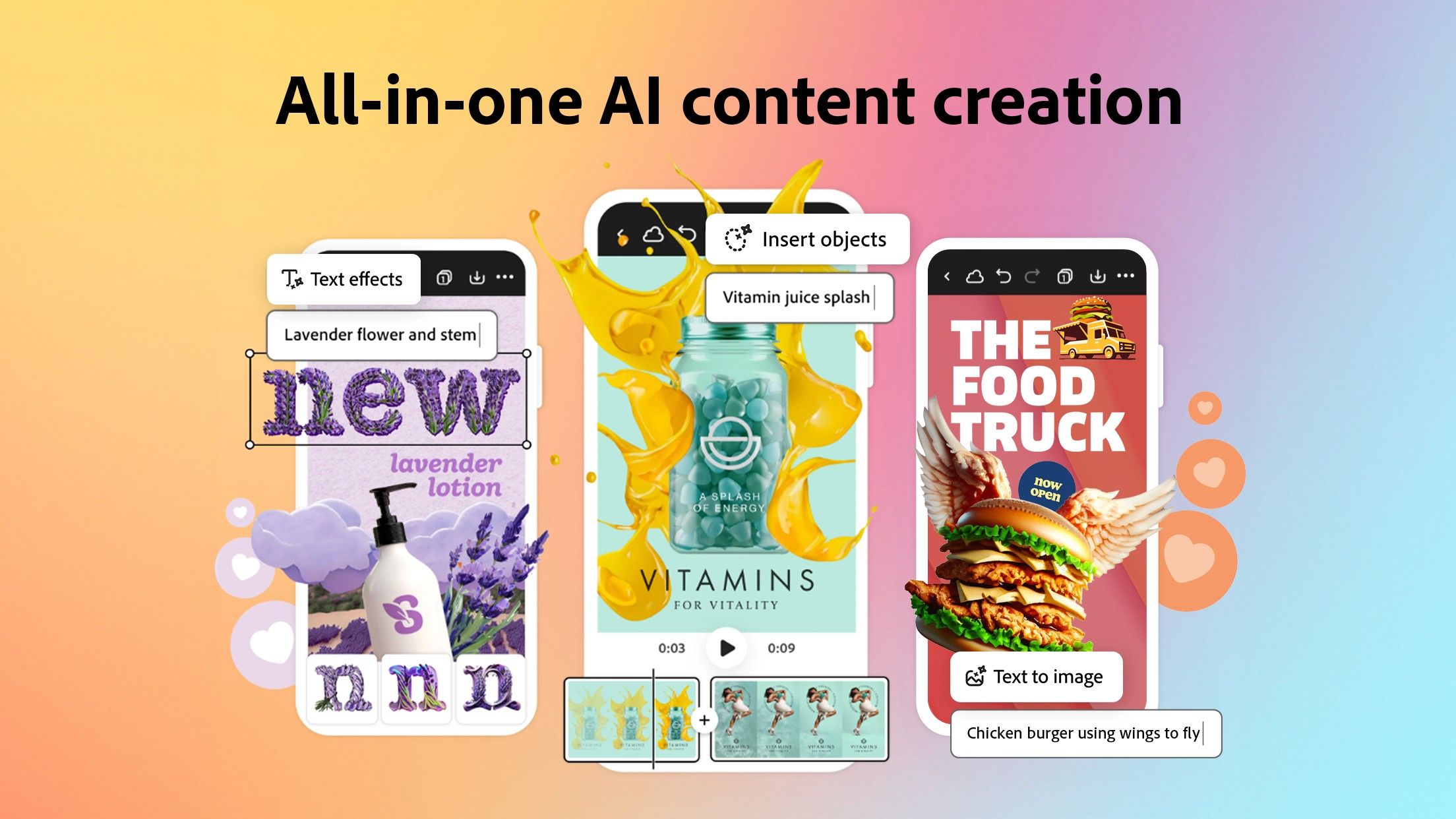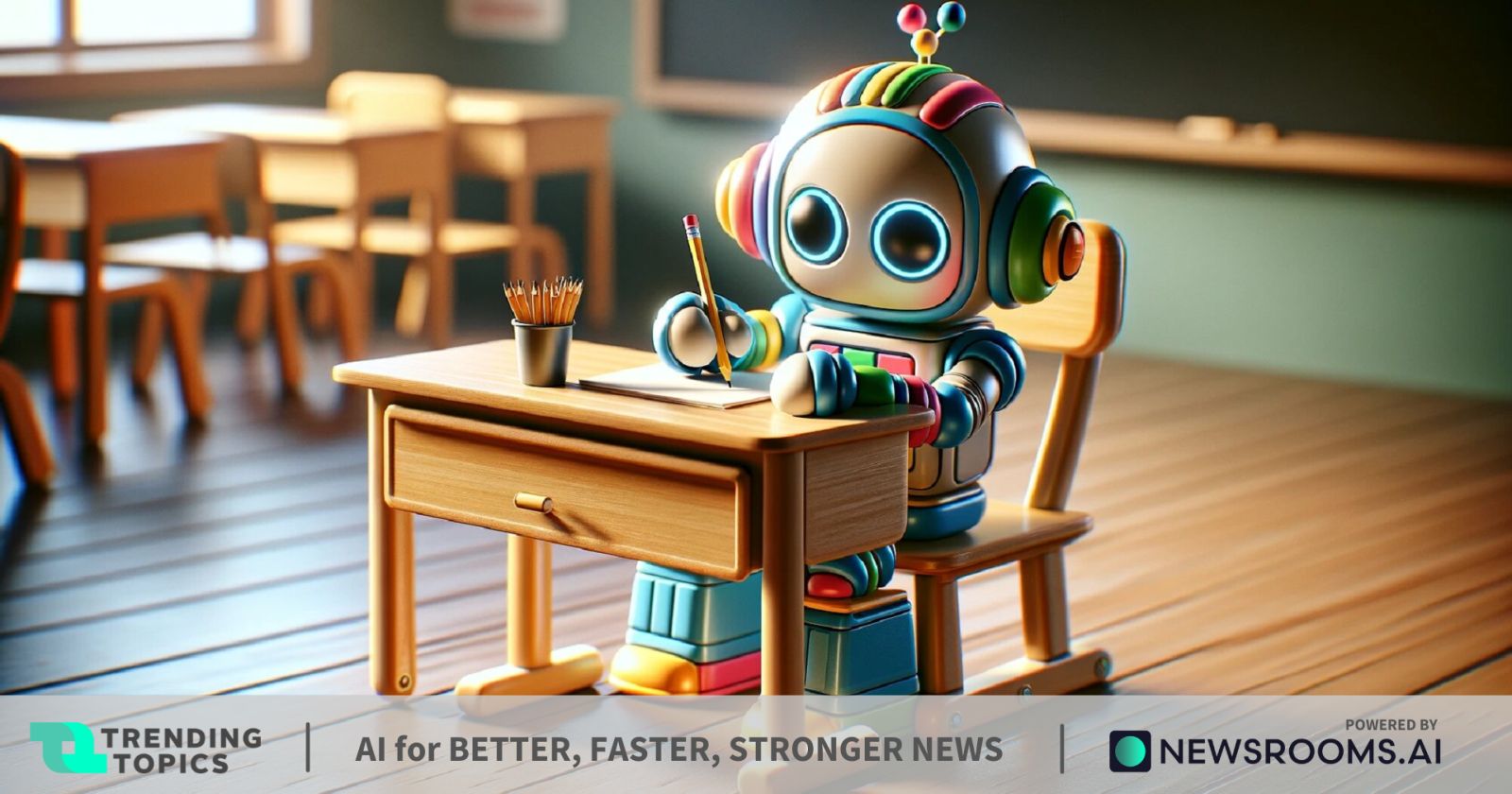At the RAISE summit 2020, PM Narendra Modi stated, “Our planet is blessed with a number of languages. In India, we’ve a number of languages and dialects; such variety makes us a greater society. As professor Raj Reddy prompt, why not use AI to breach the language barrier seamlessly?”
To say that the digitalisation efforts in India are profitable, the stakeholders – authorities, the analysis group and the trade – would want to make acutely aware efforts to ship its advantages to all sections of the society. It is a problem, contemplating the language barrier that exists in creating these AI fashions. Most of the Indian languages are low-resource, which signifies that they’ve comparatively lesser information out there for coaching NLP programs, particularly conversational programs.
In this backdrop, the Indian authorities lately introduced the launch of Project Bhashni, which goals to supply easy accessibility to the web and digital companies of their native languages. As per Statista, India was estimated to have over 748 million customers in 2020. By 2026, the nation is predicted to have 1 billion smartphone customers, with rural areas driving the sale of internet-enabled telephones, stories Deloitte.
Building AI for Indian languages
One such initiative contributing to low-resource language AI within the nation led us to AI4Bharat, an open-source analysis lab for Indian languages. The initiative is supported by Microsoft’s Research Lab and India Development Center (IDC), which supplies ‘unrestricted analysis grants’ in the direction of constructing open-source applied sciences. In addition, it’s supported by EkStep Foundation with mentorship and software program engineering to construct and deploy open-source functions for Indian languages.
AI4Bharat seems to be to contribute within the following areas:
Data: Create the biggest public datasets and benchmarks throughout varied duties and 22 Indian languages. AI Models: Build SOTA, open supply, foundational AI fashions throughout duties and 22 Indian languages Applications: Design and deploy with companions reference functions to show the potential of open supply AI fashions. Ecosystem: Enable startups, researchers, and authorities to innovate on Indian language AI tech with academic materials and workshops.
Some of the datasets and language era fashions launched by AI4Bharat embody Indic Corp, IndicNLG Suite, IndicGLUE, IndicXtreme (coming quickly), and Naamapadam (coming quickly).
IndicCorp consists of huge sentence-level monolingual corpora for 11 Indian languages and Indian English containing 8.5 billion phrases (250 million sentences) from a number of information area sources. IndicNLG Suite consists of coaching and analysis datasets for 5 numerous language era duties spanning 11 Indic languages. It is among the largest multilingual era dataset collections throughout languages.
Meanwhile, IndicGLUE gives a benchmark for six NLU duties spanning 11 Indian languages containing formal coaching and analysis units. IndicXtreme gives a benchmark for zero-shot and cross-lingual analysis of assorted NLU duties in a number of Indian languages. Naamapadam gives coaching and analysis datasets for named entity recognition in a number of Indian languages.
In phrases of machine translation, AI4Bharat has developed functions like Samanantar, IndicTrans, and Shoonya.
For occasion, Shoonya improves the effectivity of language work (like translation, speech transcription, textual content validation, optical character recognition, and so on.) in Indian languages with AI instruments and custom-built UI interfaces and options. The staff believes that this can be a key requirement to create bigger datasets for coaching AI fashions like neural machine translation. The present focus of this software is on translation. The first model of Shoonya (v1) is predicted to launch later this month.
In the realm of machine transliteration, AI4Bharat has launched Aksharantar, IndicXlit, and IndiclangID. IndiclangID is a mannequin for figuring out the language of romanised Indian language phrases in Aksharantar.
Another software developed by AI4Bharat consists of Chitralekha, an open-source software for video transcription with non-compulsory translation assist targeted on Indian languages. The first model of Chitralekha is predicted to be launched later this month.
Check out all of the open supply datasets, fashions and libraries from AI4Bharat right here.
On July 28, 2022 – AI4Bharat will likely be launching the Nilekani centre. The occasion can even have a workshop on Indian language expertise. The basis of this centre has been led by technopreneur and Infosys chairman Nandan Nilekani, focusing on open-source language applied sciences for the general public good.
Other contributions
Top academic establishments are additionally actively contributing to this area.
Earlier this month, researchers from IIT Guwahati developed a named entity annotation dataset for low useful resource Assamese language with a baseline Assamese named entity recognition (AsNER) mannequin. The dataset incorporates about 99K tokens. This consists of textual content from the speech of the Prime Minister of India and an Assamese play.
In May 2022, IIT Kharagpur researchers demonstrated a large-scale evaluation of multilingual abusive speech in Indic languages. The staff examined totally different interlingual switch mechanisms and noticed the efficiency of assorted multilingual fashions for abusive speech detection for eight totally different Indic languages. The languages embody Kannada, Bengali, Hindi, English, Malayalam, Marathi, Tamil and Urdu.
Last yr, researchers from IIIT Hyderabad and the University of Bath developed an automatic framework for Indian language neural machine translation (NMT) programs. This framework goals to handle the shortage of large-scale multilingual sentence-aligned corpora and sturdy benchmarks.
IIT (BHU) Varanasi researchers have developed linguistic assets for Bhojpuri, Magahi, and Maithil, the place they carried out primary statistical measures for these corpora at character, phrase, syllable, and morpheme ranges, alongside understanding their similarity estimates and baselines for three functions.
Jadavpur University researchers developed an end-to-end process to enhance semantic search efficiency utilizing semi-supervised and unsupervised studying algorithms on an out there Bengali repository to have seven varieties of semantic properties – particularly conceptual, connotative, collocative, social, affective, mirrored, and thematic – to develop the system.
C-DAC (The Centre for Development of Advanced Computing), an Indian autonomous scientific society working underneath the MeitY, has launched a number of tasks associated to low-resource languages. Some of them embody C-DAC GIST, multilingual computing, and others.
Besides these, there are startups like Gnani.ai, Reverie Language Technologies, DheeYantra Research Labs, and RaGaVeRa Indie Technologies, and others, are additionally contributing to the ecosystem.
India’s mission to make AI accessible
Last yr, MeitY unveiled an in depth plan in its white paper, ‘National Language Translation Mission,’ often known as Project Bhashni.
(Source: MeitY)
As per the plan, MeitY will likely be organising a course of to utilise the contributions obtained from the ecosystem.
The suppose tank stated that each ‘state and language missions’ and ‘language missions’ could be established throughout states to focus on information assortment and content material creation in particular languages. The language missions, on the opposite hand, could be area particular, relying upon what language is spoken within the area, and there could possibly be a number of language missions throughout a single state.
Language missions could be accountable for empanelling companies for information assortment, curation and validation actions. Further, it acknowledged that every one unique or translated information needs to be collected utilizing a UCLA-compliant course of outlined by the information administration unit (DMU).
Also, the language missions could be accountable for figuring out information sources from state authorities entities and driving crowdsourcing efforts by way of customary Bhashini instruments. Most importantly, MeitY acknowledged that the language missions would run consciousness campaigns for crowdsourcing, which might be targeted on low-resource languages. On the opposite hand, the efficiency of language missions could be measured by way of a public dashboard.
DMU would additionally develop in-house assets for sure low-resource languages or particular duties for high quality management. In addition, state language missions would supply assets to DMU for all languages.
For the primary two years, MeitY goals to increase coaching datasets in low-resource languages, together with North Eastern and Tribal languages, alongside different languages the place ample information is just not out there.
By 2024, MeitY seems to be to signal MoUs with 5 extra entities every in private and non-private sectors for information contribution, particularly for low useful resource languages. Also, drive campaigns for information crowdsourcing, creation, and curation in low-resource languages.
https://analyticsindiamag.com/india-bets-big-on-ai-for-low-resource-language/




